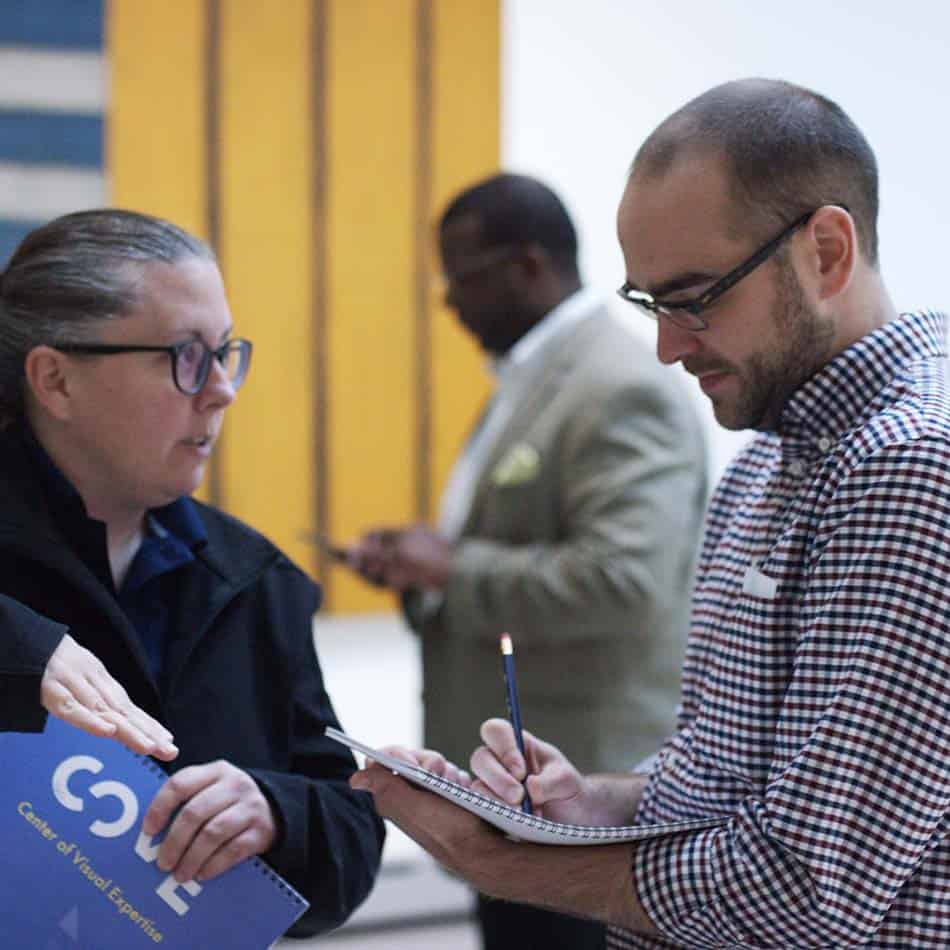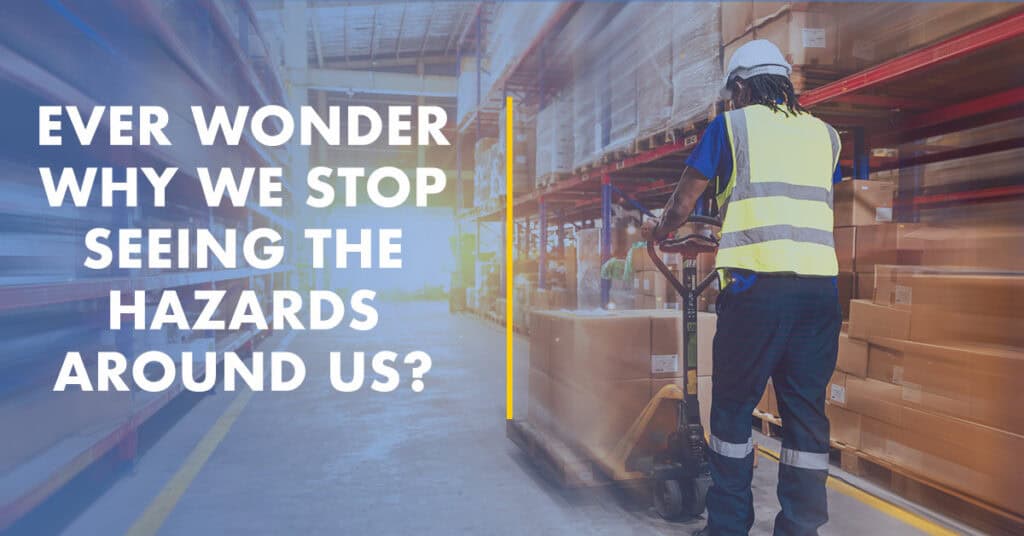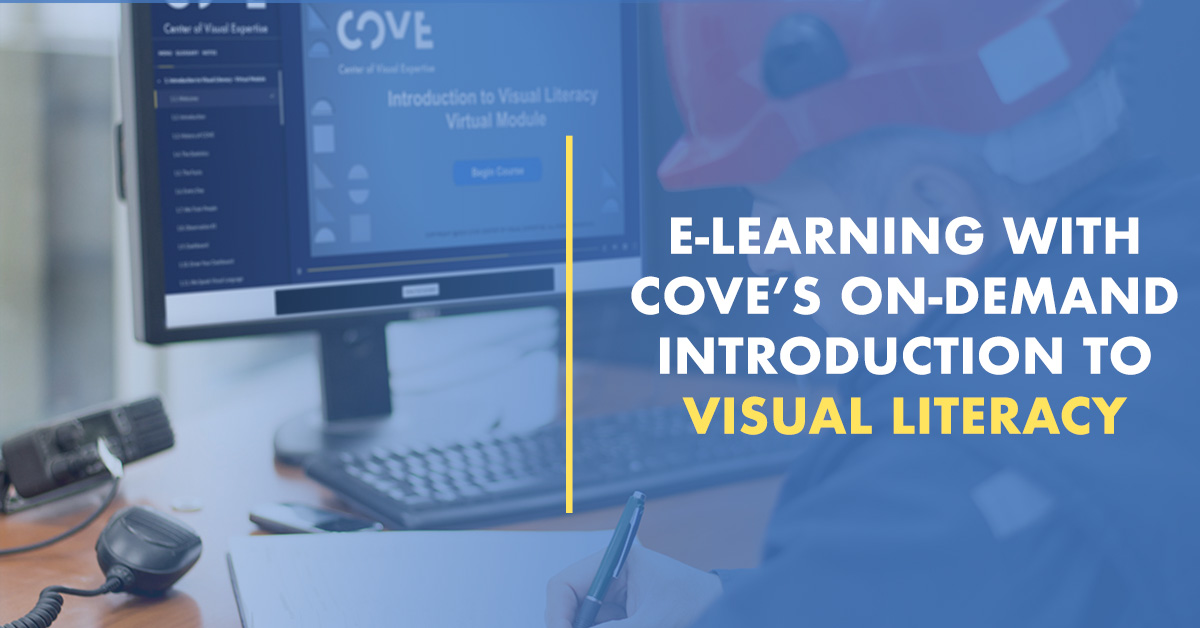In the demanding rhythm of our daily work routines, it’s not uncommon to hear people express surprise at the frequency with which accidents and near misses occur in familiar settings. We often find ourselves asking, “How did I miss that hazard?” This phenomenon, where hazards seemingly vanish from our awareness, is more common than we might think and is a consequence of how our brains process and prioritize information.
The Science of Perception and Attention
Our work environments are constantly filled with a plethora of stimuli—machines humming, people moving, and papers shuffling. Over time, our brains learn to filter out these routine stimuli to focus on what seems more pressing. This process, known as selective attention, is a fundamental cognitive mechanism that helps us manage the overwhelming amount of information we encounter each day. While this filtering process is essential for efficiency, it also means that hazards which once caught our attention can fade into the background as we become accustomed to our surroundings.
Selective attention means that our brains are wired to prioritize new, unexpected, or novel stimuli. When we encounter the same environment repeatedly, our brain’s focus shifts away from routine aspects, such as potential hazards. What was once an alert signal becomes just another piece of the landscape. This isn’t a matter of negligence but rather a natural result of our brain’s efficiency at managing familiar environments.
The Impact of Familiarity on Hazard Recognition
The concept of “familiarity breeds blindness” plays a crucial role in understanding why we stop seeing hazards. When we are repeatedly exposed to the same environment, our perception of risk can diminish. The dangers that were once glaringly obvious become less noticeable, not because they have changed, but because our brains have grown accustomed to them.
Consider the safety protocols in a manufacturing plant. Initially, employees might be hyper-aware of safety signage, equipment maintenance schedules, and proper procedures. However, as they settle into their roles, these once-crucial aspects may become so routine that they’re no longer actively considered. This reduction in vigilance can lead to an increased risk of accidents or oversights, as the previously recognized hazards blend into the backdrop of daily operations.
The Role of Routine and Habituation
Habitual behavior and routine play a significant role in this process. When tasks and environments become part of our daily routine, our brains essentially automate responses to these familiar elements. While this automation is efficient for handling routine tasks, it can also lead to a lack of attention to potential risks.
For instance, in an office setting, employees might become so accustomed to their desks, chairs, and layout that they fail to notice potential ergonomic hazards or safety risks like loose cables or cluttered walkways. What was once a new and noticeable hazard becomes part of the routine environment, often slipping under the radar of regular inspections or safety checks.
Visual Literacy: A Powerful Tool for Enhancing Hazard Awareness
One effective strategy to counteract the diminishing visibility of hazards is to employ Visual Literacy. Visual Literacy is a tool that teaches individuals to interpret and make meaning from what they see. By applying principles from art education and visual analysis, Visual Literacy helps to sharpen observational skills and enhance hazard detection.
Visual Literacy training encourages participants to view their environment through a fresh lens, focusing on details and patterns that might otherwise be overlooked. This approach helps individuals develop a more critical and nuanced perspective of their surroundings. For example, a workshop like the “Seeing Safety: Foundations of Visual Literacy” leverages insights from art education to transform how team members identify and address workplace hazards.
By engaging in Visual Literacy training, employees learn to:
1
Enhance Observation Skills: Develop a keener eye for detail and recognize subtle changes in the environment that may indicate potential risks.
2
Improve Hazard Recognition: Train to see beyond routine patterns and identify hazards that blend into the background of daily operations
3
Encourage Active Engagement: Foster a proactive approach to safety by encouraging continuous assessment and re-evaluation of the workspace.
4
Cultivate a Safety-First Mindset: Build a culture where safety becomes a core value, integrated into daily activities and decision-making processes.
Strategies to Reawaken Awareness
1
Periodic Environmental Refresh: Regularly revisiting and reassessing your workspace from a fresh perspective can help identify hazards that have become familiar and thus less noticeable. This could involve conducting regular safety audits or encouraging employees to take a step back and review their surroundings with a renewed focus.
2
3
Encouraging Active Observation: Training employees to actively observe their environment, rather than passively viewing it, can also improve hazard detection. Encouraging regular “safety walks,” where employees focus specifically on applying Visual literacy elements and tools, can help maintain a high level of awareness.
4
Incorporating Feedback Loops: Creating a culture of open communication where employees can report hazards and suggest improvements helps keep everyone engaged in safety practices. Feedback loops ensure that potential risks are addressed promptly and that safety practices are continuously refined.
5
The Bottom Line

For additional insight into COVE’s Visual Literacy approach, I encourage you to sign up for one of our 2 hour Seeing Safety: Introduction to Visual Literacy workshops.




